HIIT (high-intensity interval training) has swept the fitness world in recent years and the workouts are now a staple of gym classes and indoor training routines.
HIIT workouts are recognised as a way of burning a lot of calories in a short space of time, so it’s easy to see why they are a favourite of time-poor gym-goers looking to squeeze the most out of their indoor training.
But HIIT needn’t be limited to weight-based activities and gym sessions, the benefits can be felt by time-crunched cyclists, too.
Here’s everything you need to know about high-intensity interval training, the benefits and how you can include HIIT in your training plan.
What is high-intensity interval training (HIIT)?

A HIIT workout intersperses short intervals of exercise at an effort level close to maximum with periods of recovery. In terms of your training zones, you're looking at zones 5 to 6 for the effort and zone 1 in between.
When applied to cycling, there is no one set way to perform a HIIT workout, with different sessions offering different benefits.
“The duration of efforts could be from a couple of seconds up to a minute or more,” explains Matt Rowe of Rowe & King Cycle Coaching. “There’s no real hard or fast definition of it, other than you’ve got to be cycling hard and with great intensity on and off.
“You can make it as structured or unstructured as you like. Fartlek training is seemingly random efforts, and that’s a form of HIIT training.”
What are the benefits and drawbacks of HIIT?
Benefits

One of the biggest benefits of a HIIT workout is the short amount of time it takes to complete a session.
“It allows you to accumulate a lot of high-quality work at that top end of your fitness and really maximises the bang for your buck from any training session,” says Dr David Nichols, cycle training consultant for Wattbike.
Most sessions can be done in an hour or less and are easy to do on the turbo trainer, so you can squeeze a ride in with long-lasting benefits from the comfort of your own home.
“If you're time-poor, you’ve got to be smart with what you do have,” says Matt Bottrill of Matt Bottrill Performance Coaching.
It’s possible to see a tangible training benefit from a session as short as 30 or 40 minutes, according to Bottrill, but he warns against over-reliance on HIIT workouts. “You can’t do it every day,” he says. “It’s not feasibly possible because you can’t hit that high intensity.”
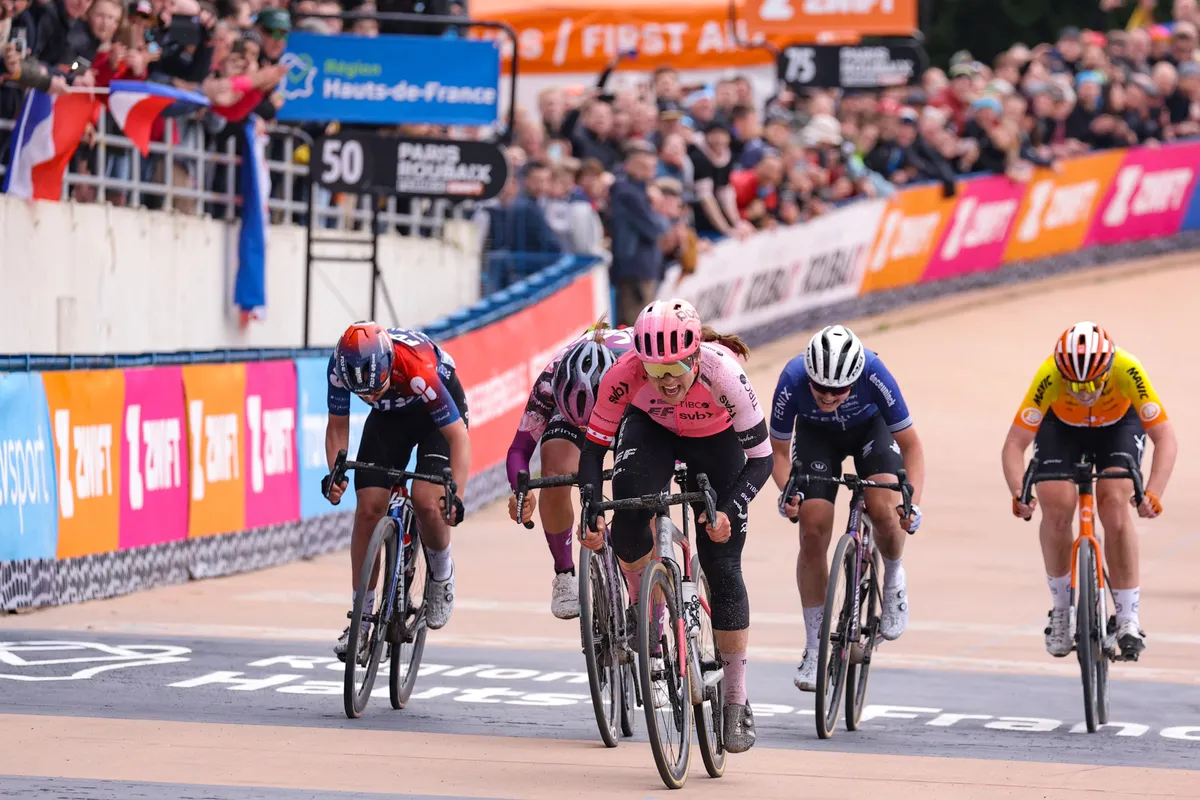
The intensity of HIIT workouts can also help you to target the top-end training that might otherwise be missing from your rides, complementing your base training or sweetspot intervals.
“When you go out cycling, most people ride steady and they think they’re going quite hard,” says Rowe. “But you’re not really engaging your fast-twitch muscle fibres that much.
“The fast-twitch fibres can make all the difference in cycling. If you need to get up a climb and use a big surge in effort, that’s your fast-twitch fibres that you’re relying on. HIIT training does that perfectly.”
Because HIIT intervals are short, they enable you to accumulate a lot of time at an intensity above what you’d otherwise be able to sustain in continuous blocks. That, in turn, helps improve your VO2 max and threshold power, according to Nichols.
Drawbacks
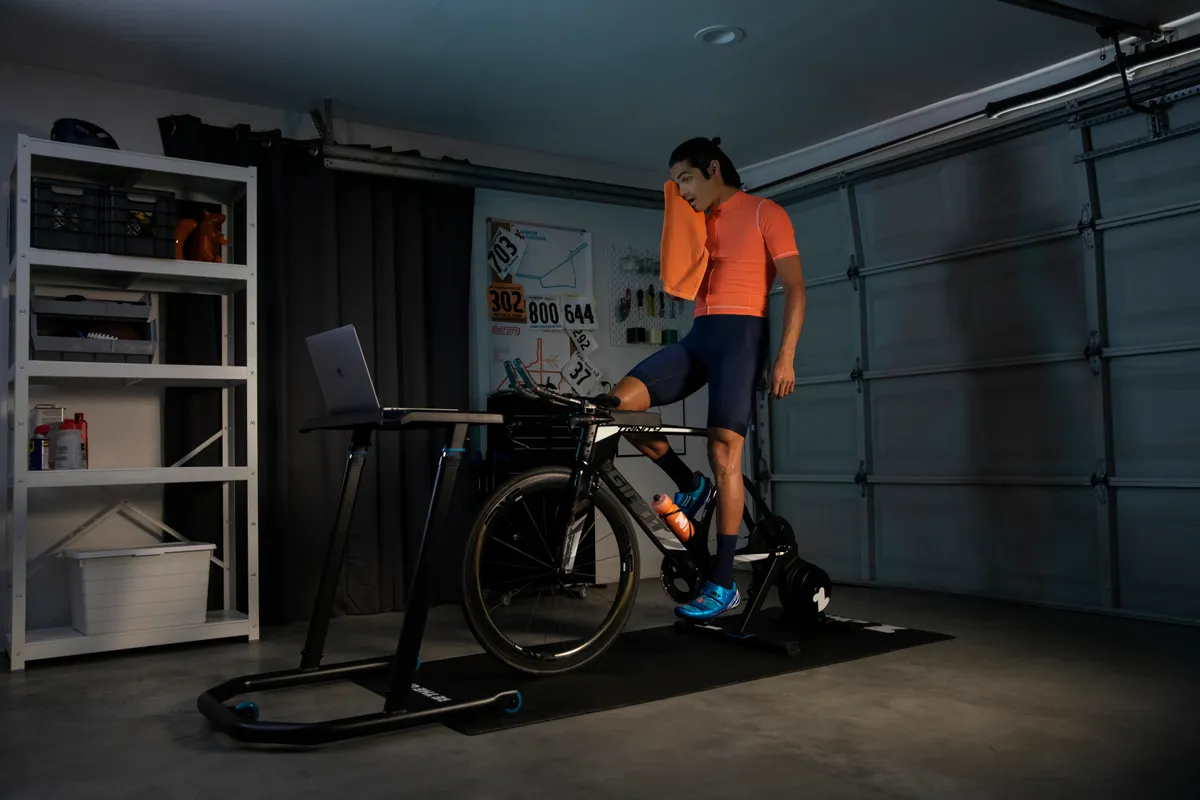
While high-intensity interval training is time-efficient and provides plenty of bang for your buck, it isn’t a miracle session that can simply replace all of the other workouts in your training plan.
Due to the nature of HIIT workouts, you need to be able to train at extremely high intensities during each session, and therefore need to recover properly between workouts.
“There’s no point in doing a top-end training session if you go into it so fatigued that you can’t reach the top end – you just end up training in that middle ground,” explains Nichols.
“By incorporating HIIT, you’ve got to be a bit smarter – are you going to have a rest day before it? What is your training session going to look like after that? You can’t just keep periodically smashing yourself.”
Nichols recommends two HIIT sessions a week – and a maximum of three – otherwise you risk overtraining. “You can have too much of a good thing,” he adds.

If you do decide to add HIIT workouts to your training, Rowe says it’s important to not neglect the rest of your riding. “If you purely do HIIT training, you’re going to struggle with your endurance because it’s all about short, sharp efforts,” he says.
Bottrill agrees, adding that you still need to be logging the miles to see the true benefits of HIIT workouts translated on the road. “You’ve still got to do that endurance base,” he says.
He also recommends keeping HIIT to a limited phase of a training block when you want to sharpen your fitness, because of how mentally challenging sessions can be. “The hardest bit is your head,” he says.
“The sessions take a lot out of you. You can find it very hard to then complete the next session. If you’re going to do that type of training, you’d probably want to build a six-week phase of it. Any more and you can’t go as deep mentally.”
Indoors or outdoors?
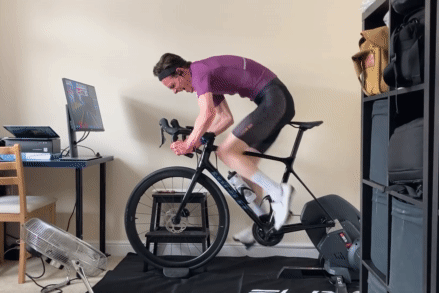
While HIIT training can be done both indoors or outdoors, all the coaches we spoke to leaned towards an indoor setting on a turbo trainer or smart bike.
“I personally prefer to do it indoors,” says Wattbike's Nichols. “It’s convenient, set up ready to go and there’s no time-wasting. Doing it outdoors can negate the time effectiveness of HIIT.”
As well as FTP and ramp tests, the latest indoor cycling apps offer structured workouts and training plans, many of which include HIIT-style interval sessions. The best smart trainers can control the resistance for each interval, ensuring you hit the numbers required to get fit fast.
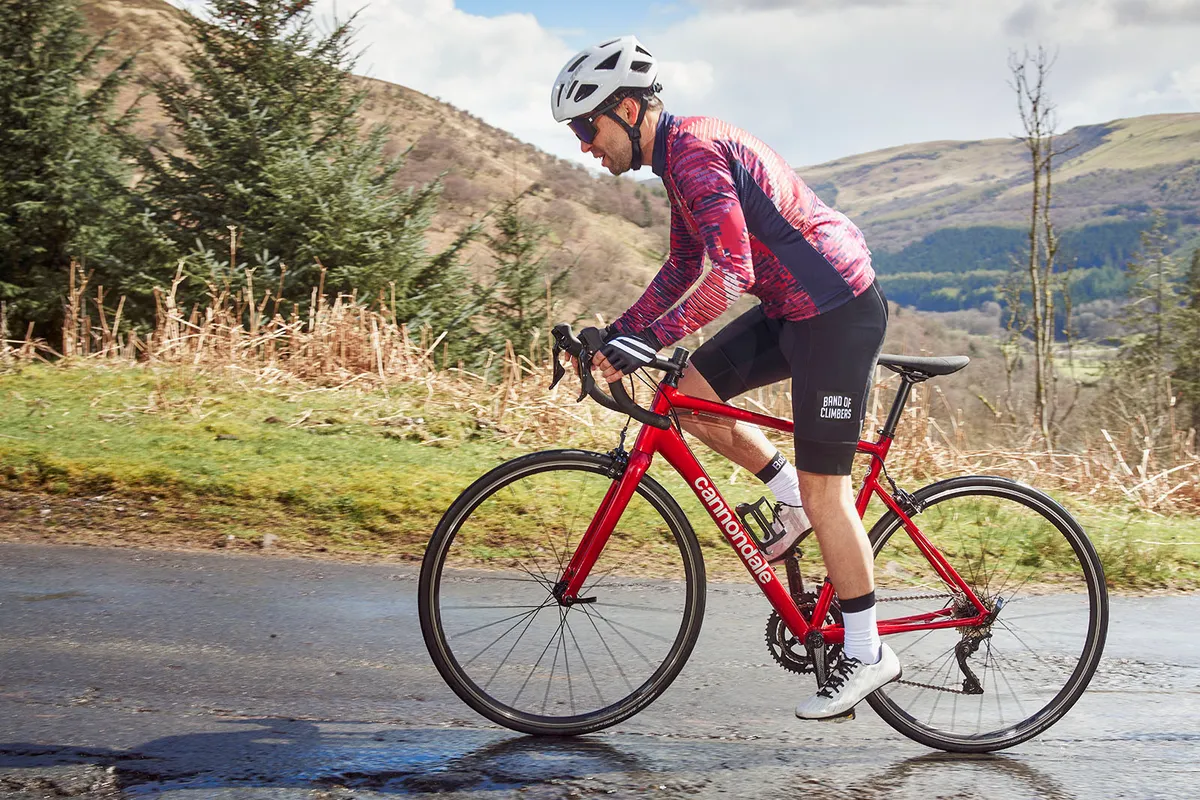
If you do opt to train outside, Bottrill recommends planning a circuit that is either flat or uphill.
“You don’t want it to be too undulating and you want to control the environment,” he says. “That’s where a hill comes good – you can ascend a climb that’s three to four minutes and then recover on the descent.”
Rowe adds that it’s also possible to turn your commute into a HIIT workout, albeit an unstructured fartlek-style session: “Maybe as part of your commute, you could sprint to a signpost and do seemingly random efforts like that.”
Of course, as with any high-intensity ride outside, make sure you are paying full attention to your surroundings at all times.
How can I include HIIT in my training plan?
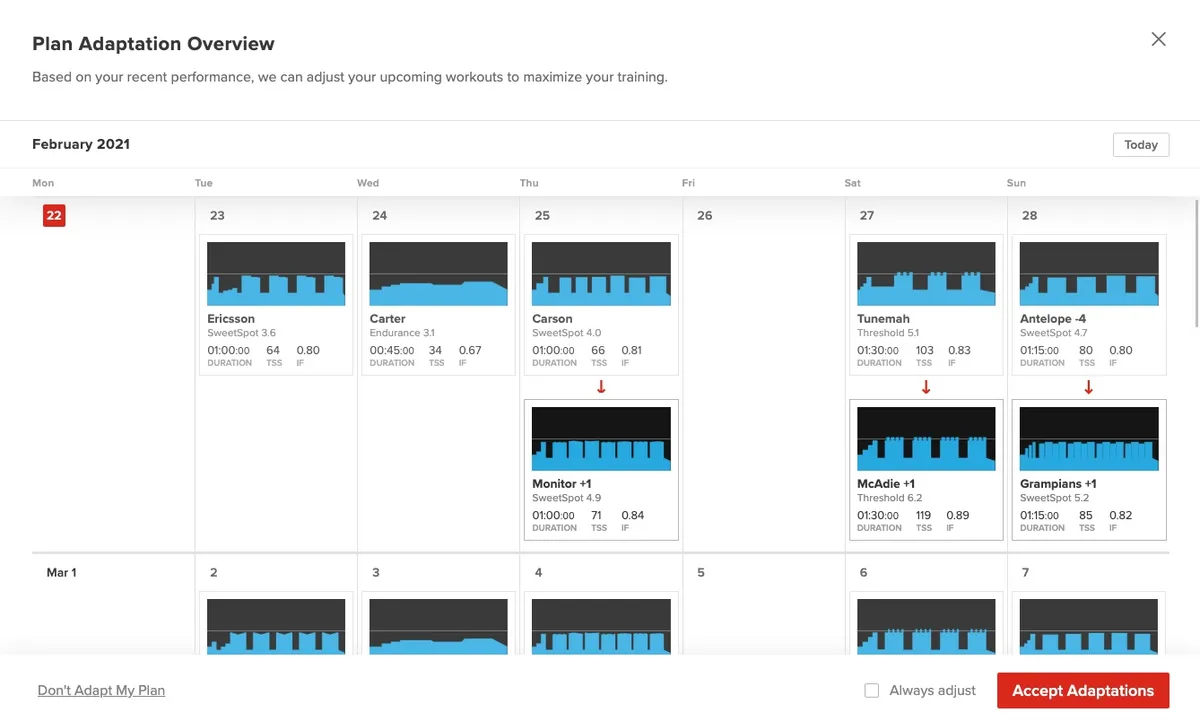
As we’ve already covered, it's possible to have too much of a good thing with high-intensity interval training, so it’s recommended to stick to a maximum of two to three sessions per week interspersed with longer endurance rides to really see the benefits.
However, for riders who can only squeeze in a short session around other commitments, Rowe would always recommend a HIIT workout.
“A well-rounded training plan touches on all different attributes,” he says. “Sweetspot sessions are great, but at least once a week you should be doing some top-end work. The frequency at which you do it is very personal, but in the winter you have to do whatever you can in the amount of time you’ve got.
"If you’ve only got 40 minutes to train, in that 40 minutes you might as well ride hard, so HIIT works for that.”

The fatigue-inducing nature of HIIT workouts makes it advisable to plan your sessions in advance to avoid overtraining. Nichols recommends scheduling your HIIT sessions around easy or rest days, and using a weekend ride to work on your endurance.
“A ride at the weekend is going to be your long endurance ride, maybe a club run or group ride,” he says. “Outside of that, you can do two midweek interval sessions. These are your absolute high-effort, high-intensity training sessions.
“If that’s Tuesday and Thursday, you’re going to have Monday and Wednesday easy because you’ve got to schedule that recovery in."
Two example HIIT workouts for cyclists
Matt Rowe’s HIIT pyramid
Each ‘on’ interval should be in zone five if you train with a power meter. Rowe recommends doing 1, 1.5 or 2 pyramids, depending on how much time you have.
10-minute warm-up
10 seconds on (zone 5) 50 seconds off (zone 1)
20 seconds on (zone 5) 40 seconds off (zone 1)
30 seconds on (zone 5) 30 seconds off (zone 1)
40 seconds on (zone 5) 20 seconds off (zone 1)
50 seconds on (zone 5) 10 seconds off (zone 1)
60 seconds on (zone 5) 60 seconds off (zone 1)
50 seconds on (zone 5) 10 seconds off (zone 1)
40 seconds on (zone 5) 20 seconds off (zone 1)
30 seconds on (zone 5) 30 seconds off (zone 1)
20 seconds on (zone 5) 40 seconds off (zone 1)
10 seconds on (zone 5) 50 seconds off (zone 1)
5-minute cool down
Dr David Nichols' 5x5
While the intervals here are longer than a typical HIIT session, Nichols describes this workout as “an absolute classic that all WorldTour riders are doing”. If you want to increase the difficulty further, he recommends ‘pre-loading’ the VO2 intervals.
“Rather than doing a consistent five-minute interval at VO2 max, you could start the first minute exceptionally hard – harder than you want to be going,” he says.
“Digging really deep at the start and almost hanging on is a really great way of getting you up to VO2 max quicker.”
10-minute warm-up 5 minutes at VO2 max power (110–120% of FTP) 5-minute recovery (zone one, total recovery) (repeat five times) 5-minute cool down
